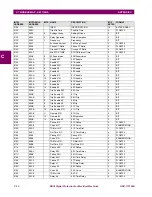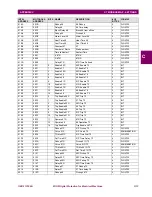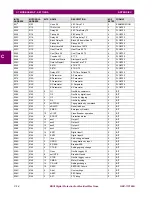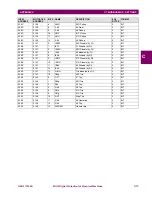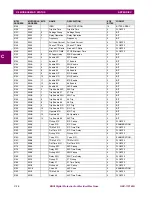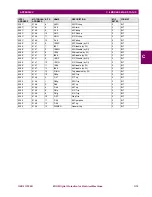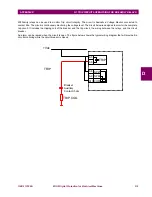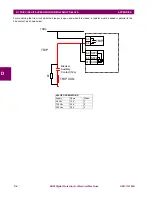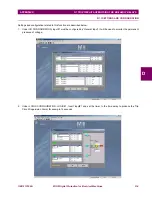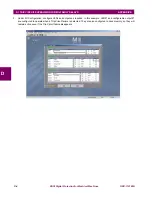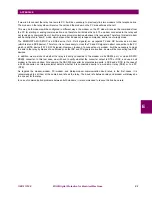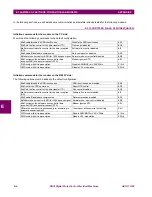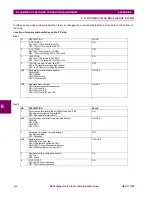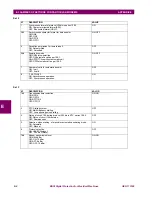
E-2
MIGII Digital Protection for Electrical Machines
GEK-113188
E.1 HAYES MODEM
APPENDIX E
E
E.1HAYES MODEM
In order to establish communication between two HAYES modems, both of them must accept HAYES commands. This is
compulsory, as the PC will send specific commands for this type of modem. We must place the AT command before
every command. It is possible to group several commands inside an only command line (e.g. ATB1 and ATE1 equals
ATB1E1).
However, we must take into account that each manufacturer will implement only one sub-group of the HAYES
commands, and therefore we cannot indicate an initiation command valid for every equipment. It is the customer’s
responsibility to determine which commands are accepted by a particular modem.
As a general rule, it is recommended to disable any data compression, hardware protocols, flux control or error control.
Some modems allow a command, e.g. &Q0, which selects the direct asynchronous mode.
The local modem configuration, that is, the configuration of the modem that makes the call, will be performed by
ENERVISTA MII SETUP software, by means of the provided initiation command. In order to configure the remote modem
(connected to the relay), we need a communications program that allows sending HAYES commands. Any Windows
®
version includes a program called HYPERTERMINAL (HYPERTRM.EXE) which allows to send HAYES commands by
the selected serial port. Besides, we can use any communications program allowing sending commands, such as
Procomm Plus or LAPLink. Once the modem is connected to the selected port in the program, and after setting the
communication parameters, we can send the required commands.
Later in this document we will detail the configuration that must be entered in some HAYES modems already tested.
Summary of Contents for Multilin MIGII
Page 2: ......

